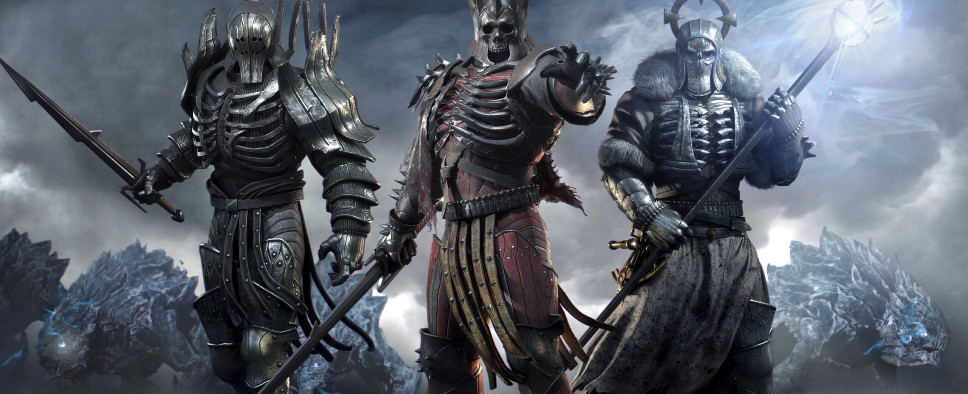Gwent: TCGs and RPGs, a Love Story
-
Category: News ArchiveHits: 1992

Having labeled the Gwent card game within The Witcher 3: Wild Hunt as "a love story" between TCGs and RPGs, you probably already guessed that this editorial on Syfy Games has nothing but positive things to say about the game-within-a-game. But they also explain why the cards are so "addictively entertaining" to collect, and offer a public suggestion to CD Projekt RED that I think many people would agree with - that the card game should be packaged up and released in standalone format for some friendly multiplayer competition:
Today I'm here to talk about the fantastic creation within The Witcher 3, which is the game of Gwent. The best way that I can think to describe my initial impressions of Gwent would be akin to finding a present you were unaware of within a present you know you were getting. It's like eating a chocolate cupcake to find out after the first bite, it's filled with icing as well. That's Gwent.
If you're like me and have already sunk over 100 hours into Wild Hunt, you likely know exactly what I'm talking about. If you have largely ignored the card game in lieu of other pursuits, I'm here today to tell you why you should drop the sword and pick up a deck for the next few hours.
Gwent, at its core, is fairly simple as far as trading card games go. You construct a deck from one of four factions, and build it out of two basic types: unit cards and special cards. Unit cards have a power number and occasionally an ability, and they are used to build your overall power up. Special cards generally lower your opponent's power or increase your own power in various ways.
The goal of the game is to have the highest combined power score from your units, but there are many intricacies to Gwent strategies that are not explicitly detailed and have to be discovered through testing different methods and learning from the NPCs. I'm not going to break down all of the different tactics you can use, but I want to touch on a couple that I find extremely useful.

